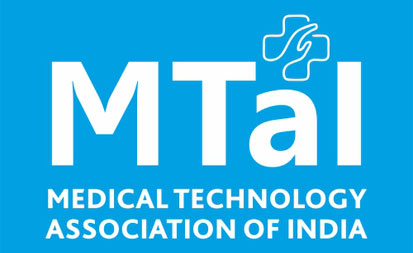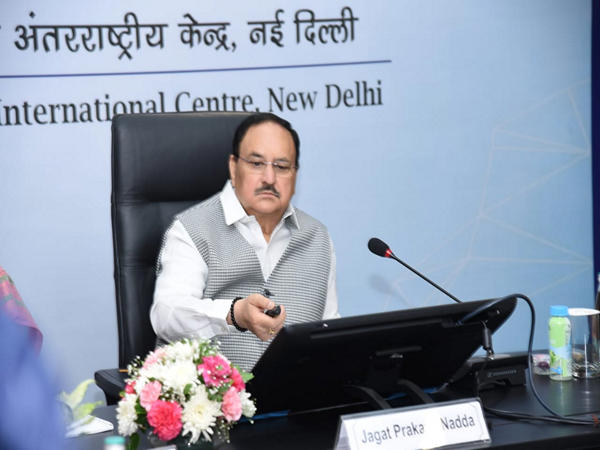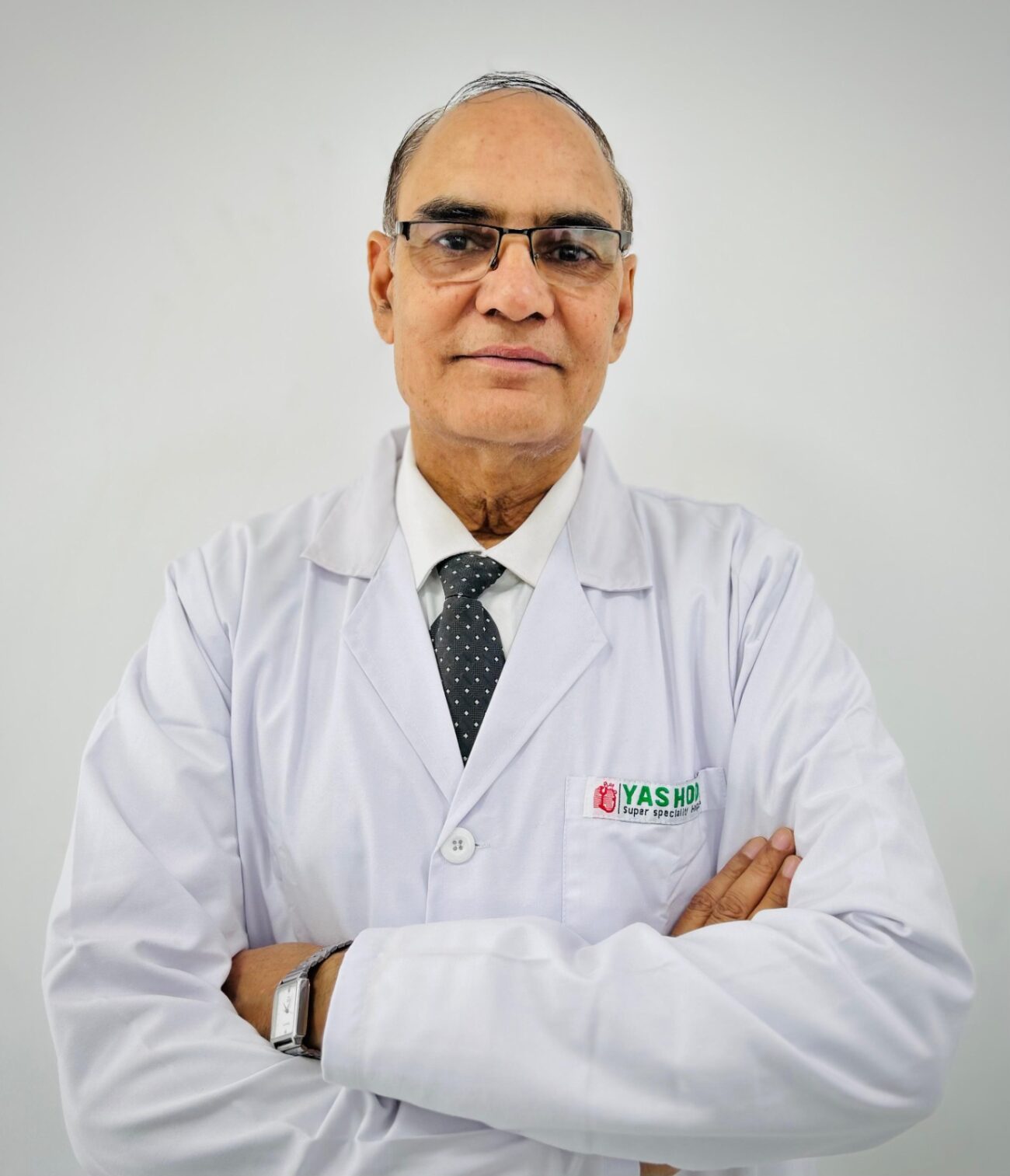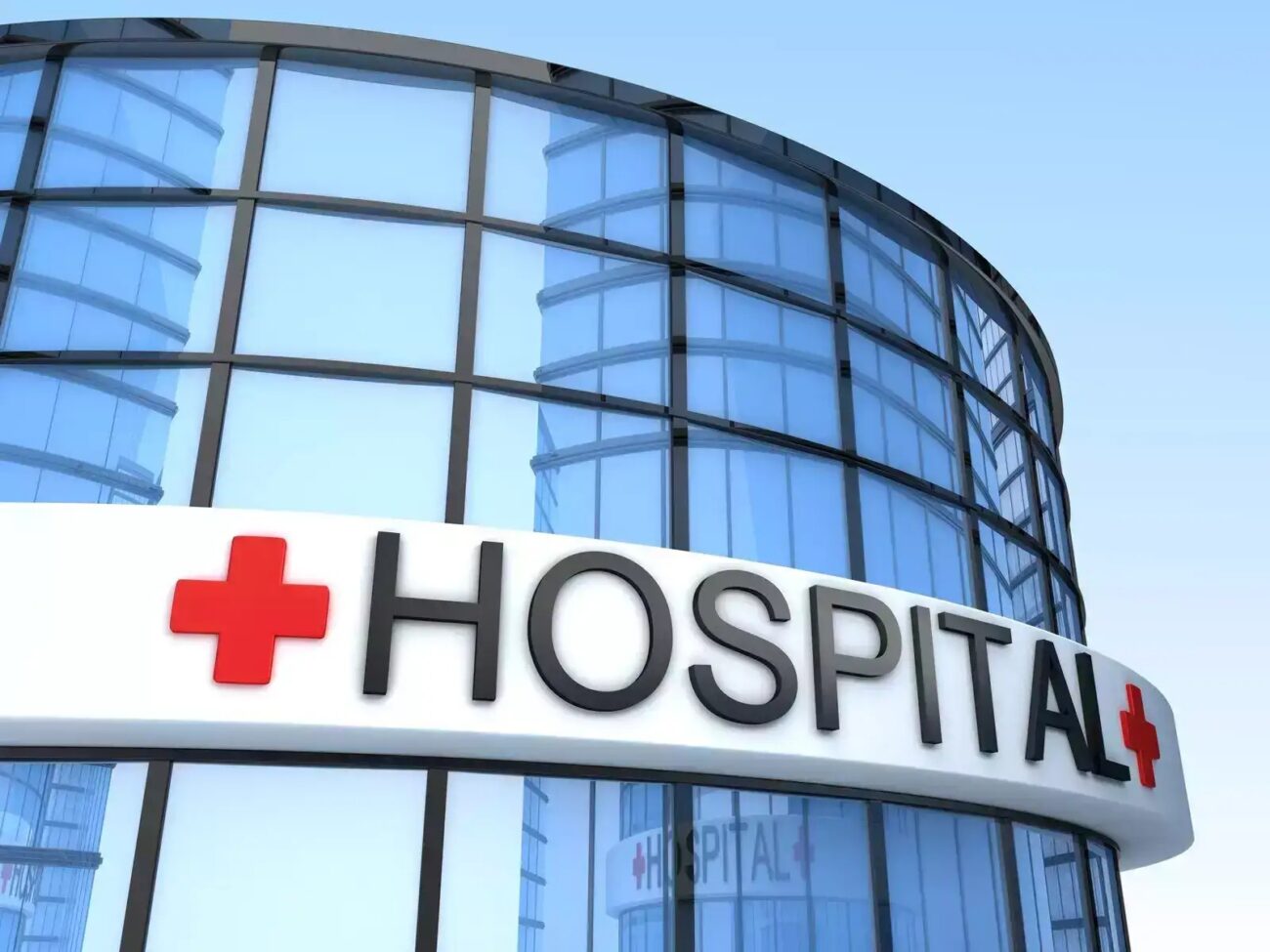COVID-19 restricted access to healthcare in India: Paper
Hospitals postponed capex due to reduced revenues, recovery seen by Q2 2021 Sales of most medical devices fell drastically, recovery visible only by Q4 2021 Medical segment is recovering faster than surgical segment Within

- Hospitals postponed capex due to reduced revenues, recovery seen by Q2 2021
- Sales of most medical devices fell drastically, recovery visible only by Q4 2021
- Medical segment is recovering faster than surgical segment
- Within medical, Oncology and Dialysis are recovering faster
- Within surgical, Cardiac and Neuro-surgeries are recovering faster
- Orthopedic surgeries to take longer to recover
- With the shutting down/non-functionality of local hospital/ nursing homes, leading private hospitals may witness growth in the Gynecology and Obstetrics segments
COVID-19 pandemic has intensified the challenges in providing better access to quality healthcare for the Indian patients as hospitals have either postponed or shelved their capital expenditure plans due to a sharp drop in revenues this year, according to a whitepaper prepared by PricewaterhouseCoopers (PwC).
The whitepaper entitled ‘The MedTech Industry in India – COVID-19 and Beyond’ has been prepared by PwC for Medical Technology Association of India (MTaI), a leading industry association representing research-based medical technology companies with large footprint in manufacturing, R&D and training in India. PwC, one of the world’s leading professional services firm, studied corporate and economic data and interviewed management of hospitals, medical devices manufacturers and insurance companies operating in India.
MTaI Chairman and Director General, Mr. Pavan Choudary, PwC India Partner, Dr. Rana Mehta, PD Hinduja Hospital & Medical Research Centre’s CEO, Mr. Gautam Khanna and Indian Alliance of Patient Groups Chair, Dr. Sanjiv Kumar unveiled the report in a webinar yesterday. The unveiling was followed by a panel discussion and a Q&A session.
The whitepaper states that majority of hospital beds had been held up for COVID-19 treatment, creating a shortage for other cases. Senior doctors, who are part of high-risk population, still have low confidence to visit hospitals and perform surgeries safely. These factors, coupled with fear of infection, have restricted patient access to elective treatments, the paper adds. India has hospital beds density of 1.3 beds and doctor density of 0.69 doctor for 1000 people, whereas WHO recommends minimum threshold of 5 beds and 1 doctor per 1000 people.
The paper states that the projects to increase healthcare access have been hampered by the pandemic and could potentially see delays in the near future. The situation may improve in the mid-to-long term if all stakeholders work together to increase the number of beds, improve ICU capacity, recruit medical practitioners on contract, weigh the option of extending services of retiring doctors and nurses.
2020 has been a challenging year for the MedTech industry, as it bore several financial and operational blows. Even before COVID-19, the industry was reeling from depreciation of INR by almost 7-8% in March against EUR and USD and policy decisions like imposition of additional health cess on imported medical devices. These challenges were further compounded by the shrinking number of elective procedures, as COVID-19 infections increased exponentially which induced a nationwide lockdown and significantly eroded the bottomline of the industry.
The paper states that the ability of India’s middle-class population to afford healthcare services has reduced due to the contracting economy and job losses. It adds that the middle-class population has low insurance coverage, which means that majority of their healthcare expenditure is paid from their own pockets. The proportion of out-of-pocket expenditure is very high in India at 63%, in comparison to 27% in Brazil, 36% in China and 11% in the US.
Other important points mentioned in the whitepaper are:
- Restricted patient movement and fear of infection had significant impact on hospital operations. Planned procedures dropped 80% during lockdown, while the fall for unplanned procedures was 66%. Overall hospital occupancy came down 79% in the first few months of the lockdown.
- There was recovery after Unlock-1, with occupancy level going up to 60% of pre-COVID scenario. Recovery was largely driven by COVID-19 beds. Hospitals are still not performing elective surgeries and admissions in full flow and therefore the occupancy levels continue to be low.
- Apart from drop in patient volume, private hospitals are facing challenges around price control, higher operational costs, diminished cash flow and low profitability.
- Due to reduced patient footfall, the cash reserves of hospitals shrank. This led to deferment of capital expenditure as well as purchase of medical devices.
- For many medical devices, sales dropped to 20% in April 2020 as compared to the sales in April 2019. In August 2020, sales for several medical devices were at 35% of August 2019 level.
- Apart from a fall in sales volume, medical technology ecosystem faced challenges with government policies, restricted access to hospitals and doctors, disruptions to supply chains and overall increased financial distress.
- Medical tourism volume is unlikely to recover in the near future.
- Hospital recovery is likely to be slow with revenues likely to reach pre-COVID levels by Q2 of 2021. Allocation of beds for COVID-19 patients will continue to remain high.
- Medical technology sector’s recovery is likely to lag behind hospital recovery and reach pre-COVID levels by Q4 of 2021. Non-metros are showing faster recovery than metros at present.
- Single-use products may see high demand due to stringent safety norms but cost pressures may pose a challenge.
- Medical is recovering faster than surgical segment.
- Oncology, Dialysis, Cardiac and neuro-surgeries are recovering faster than other segments.
- Orthopaedic surgeries may take longer to recover, since these can be postponed.
- Leading private hospitals may witness growth in the Gynaecology and Obstetrics segment with local hospitals/ nursing homes shut down or non-functional.
- Both in occupancy and OPD volumes, tier 2 and 3 cities were hit less and are recovering faster than metros & Tier 1 cities.
Key recommendations listed in the report include close monitoring of the quality of medical devices being sold in the market, timely disbursement of payments by the government, transparency during taking price control measures and need for a stable regulatory environment for MedTech sector. The report stresses on the need for hospitals to drive patient and doctor confidence besides collaborating with medical technology companies for clinical research. It recommends the MedTech companies to continue usage of digital means to enhance its outreach, and conduct training programs for junior doctors to upgrade their skill.
Presenting the whitepaper, PwC India Partner Dr. Rana Mehta said, “Our research showed that the first casualty of this pandemic was trust. It is one of the important tasks in 2021 to bring back the trust in the healthcare ecosystem. In India, trust is very important so that a good volume of patients get themselves treated at hospitals to keep the whole ecosystem running. Otherwise, hospitals will continue to be sub-scale segment. In addition to this, the government should look at healthcare from a long-term perspective when it comes to manufacturing of devices and not from a short-term lens.”
Commenting on the whitepaper, MTaI Chairman Mr. Pavan Choudary said, “The PwC report gives a comprehensive account of how the entire healthcare continuum has been battling challenges on multiple fronts and has shown grit in the face of adversity to remain devoted to its cause. It is clear that urgent measures are required to reverse the trend of falling revenues and profitability. These measures should be evidence based and shorn of ideology. Therefore, the solution is not plain vanilla protectionism. It is rather smart globalization, which will help maintain the supply chain continuity, with substantial room for localization manoeuvres. Such an approach will help us expand the economy without shrinking our indigenization drive and undermining our geo-commercial preparedness. The PLI scheme for medical devices got a good response from the industry because of the nuancing that happened at the last moment. It is heartening to see that even the establishment (NITI Aayog) is raising demands to similarly amend the Public Procurement Order for medical devices.”
PD Hinduja Hospital & Research Centre’s CEO Mr. Gautam Khanna said, “The report gives an objective and realistic assessment of the on-ground situation arisen due to COVID-19. The road to recovery is going to be arduous, and the Indian healthcare sector urgently needs the government support to recognize and aid the resilient efforts of the industry.”
Dr. Sanjiv Kumar, Chair of Indian Alliance of Patient Groups (IAPG), said, “The pandemic came at a time when the healthcare system needed improvement. The pandemic has showed that private players were not a primary choice to handle the cases. Rather, the involvement of private sector was an afterthought (when things started going out of hand). The government should look at the private sector as a healthcare delivery partner and not as an institution which you need to control. Otherwise, you will drain it of its initiative and the independence it requires to grow successfully. Similarly, the bureaucratic obsession with controlling the medical devices which come inside the country and what go out through tariff and non-tariff barriers also needs to end. Medical technology, as experience has taught us, should be allowed to flow freely across borders to prevent reverse medical tourism and issues of scarcity and quality for our patients.” Dr. Kumar represents the voice of over 40 patient groups under the umbrella of IAPG.
He also said that “voice of experts is being drowned by the din of fake news. And the government should sift one from the other for more thorough policy formulation”.
MTaI Director and MTaI’s Media Committee Chairman Mr. Sanjay Bhutani said, “With the pandemic, there is a realization in the policy-making circles that healthcare is a vital sector and we hope that this culminates in creating more thorough policies. There is an urgent need to roll back sub-optimal policies like health cess ad valorem and high customs duties imposed on imported medical devices, un-nuanced price control measures and public procurement policy for medical devices. The government should encourage free competition rather than creating regressive policies.”
On the increase-in-custom-duty note, Mr. Choudary added, “We should also realize that the industry has heeded to the call given by the Hon’ble PM to preserve jobs despite the precipitous downturn, however it will be difficult to bank on the continuing generosity of global boards if the custom duty starts rising as they would grieve this leakage of their shrinking corpus (which are meant for their employees) ending up in the government exchequer. The falling rupee increases this outflow and sharpens the sting”.






